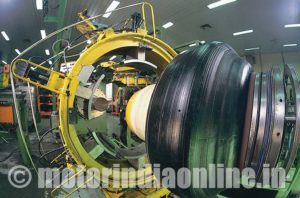Riding on the growth in demand from India and China, which account for major consumption, production of rubber which is the major raw material for the automotive tyres has been growing consistently.
According to the Association of Natural Rubber Producing Countries (ANRPC) report, the world consumption of natural rubber increased by 6.2% year-over-year to 5.822 million tonnes during January-May 2018. In the same period, the world supply rose 7.7% to 5.252 million tonnes.
These figures reveal that production has fallen short of consumption by 570,000 tonnes during the first five months of the current year. This has helped to partly absorb the excess availability in the market.
During 2018, world production is anticipated to 6.1% to 14.150 million tonnes and the world consumption to increase 6.9% to 14.300 million tonnes. The emerging scenario suggests a balanced demand-supply situation during the year.
Although the period from the end of April has witnessed a sharp rally in crude oil prices, it failed to fuel a corresponding uptrend in the natural rubber market. However, rubber prices were marginally better during May 2018 as compared to April 2018. The marginal recovery was partly helped by the devaluation of the Japanese yen which had a positive impact on the rubber futures at TOCOM.
The concerns over widening trade war issues and the potential further revisions of policy interest rates by the US Federal Reserve keep sentiments down in most of the Asian commodities and natural rubber is no exception. More specifically, the natural rubber market remains clouded by uncertainties largely due to factors external to the sector.
